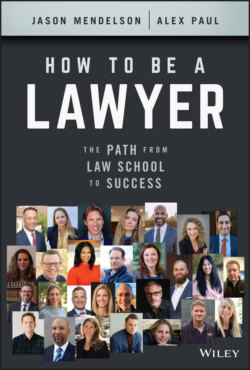Читать книгу How to Be a Lawyer - Jason Mendelson - Страница 22
Contracts
ОглавлениеOh, contract law class. What you could have been. But you weren't. This pertains to our law schools and from reviewing current course outlines at several well-known schools. Apparently, we weren't alone.
Let's review. Most contracts classes teach that a contract is about mutual assent, expressed by a valid offer and acceptance; adequate consideration; capacity; and legality. Then you try to test these limits and learn about illusory promises, consideration (or lack thereof), and the parole evidence rule.
You study case law, actual contracts, and then debate in class whether the paper would stand up in court.
And almost none of these matters in the real world. Let's look at the data.
First, only 0.1% of contracts entered into actually go to court, according to Contract Assistant, a contracts management platform company. While the data is less public, it appears that somewhere around 9% of contracts, however, have some form of dispute where one party calls the other party to complain. This is way short of filing a lawsuit. In areas such as mergers and acquisitions, however, the dispute percentage is 25% to 35% according to SRS/Acquiom, the leading merger and acquisition platform that coincidentally was co-founded by Jason.
What we have seen is the following: almost never are the disputes around mutual assent, expressed by a valid offer and acceptance; adequate consideration; capacity; and legality. Let's face it: the bar is pretty low to create a binding contract. Disputes aren't about if there is a contract, but rather what does the contract mean. Who is right and who is wrong about the interpretation of a valid contract? What should be taught in law school is how to better construct and draft contracts to minimize disputes. This isn't about advanced drafting, either, because most experienced lawyers can use English as a weapon to twist meanings. We're talking about knowing the key concepts. Keep these four things in mind right out of the gate and you will be automatically way ahead of other lawyers:
Constraining behavior and the alignment of incentives.Transaction costs.Agency costs and information asymmetry.Reputation constraints.
As we dive into these in detail, we borrow heavily from Jason's other book Venture Deals: How to Be Smarter Than Your Lawyer and Venture Capitalist, Fourth Edition (Wiley).
